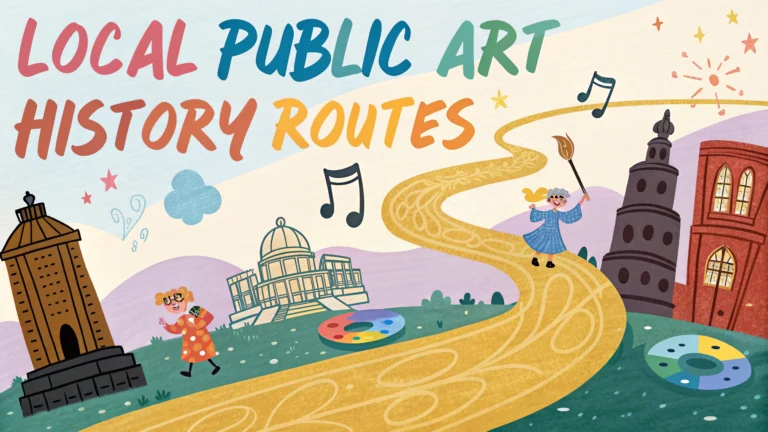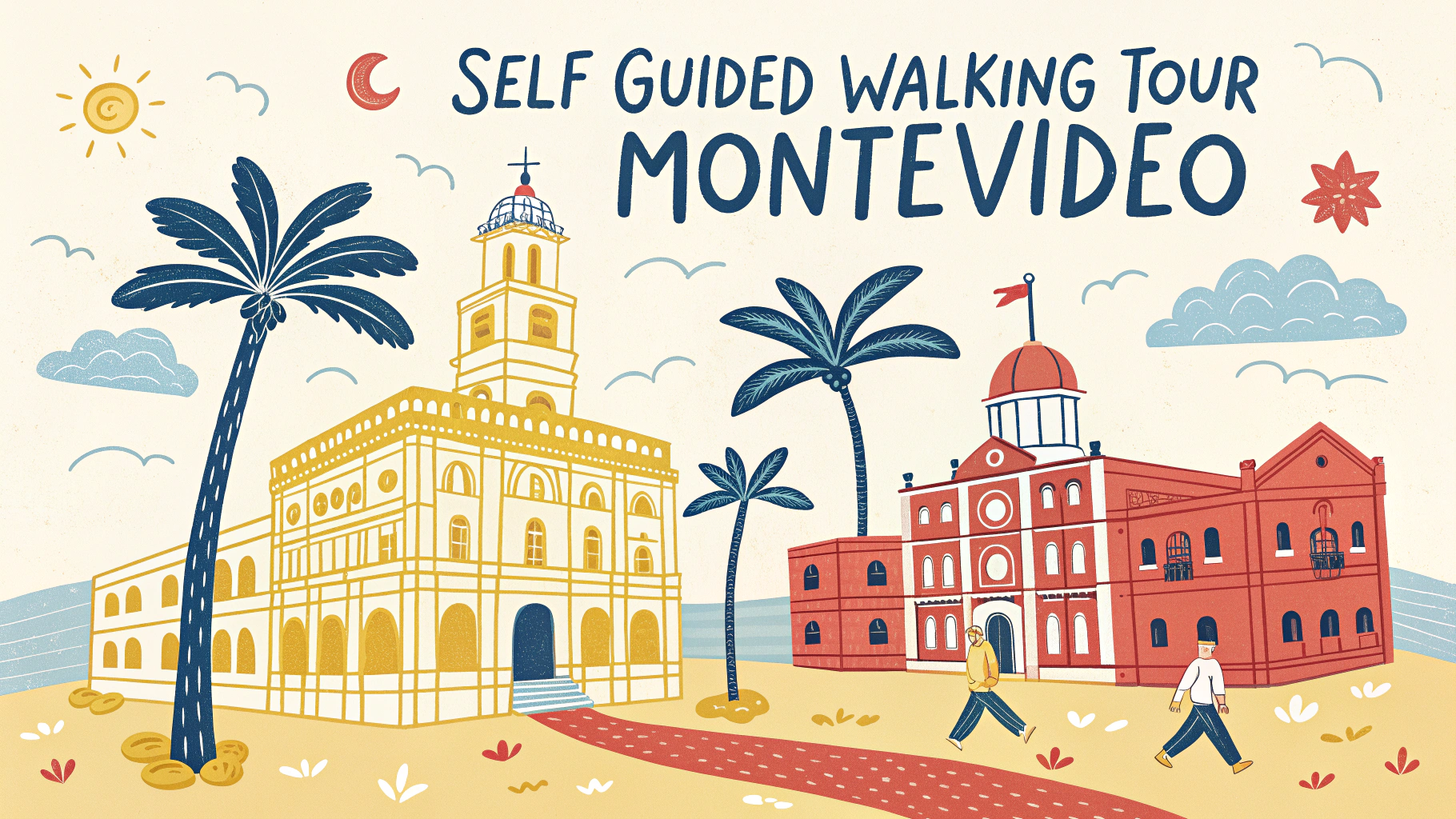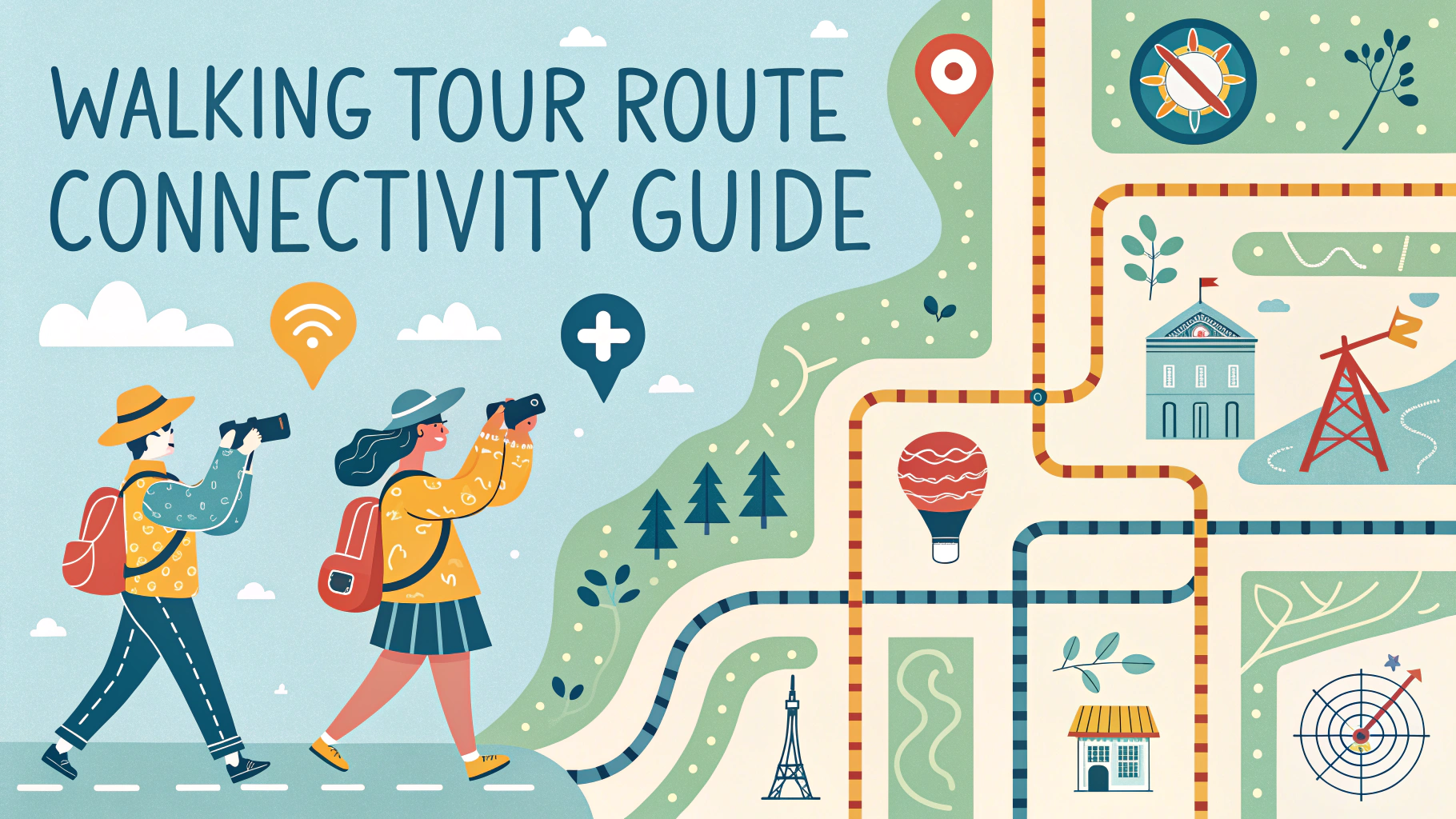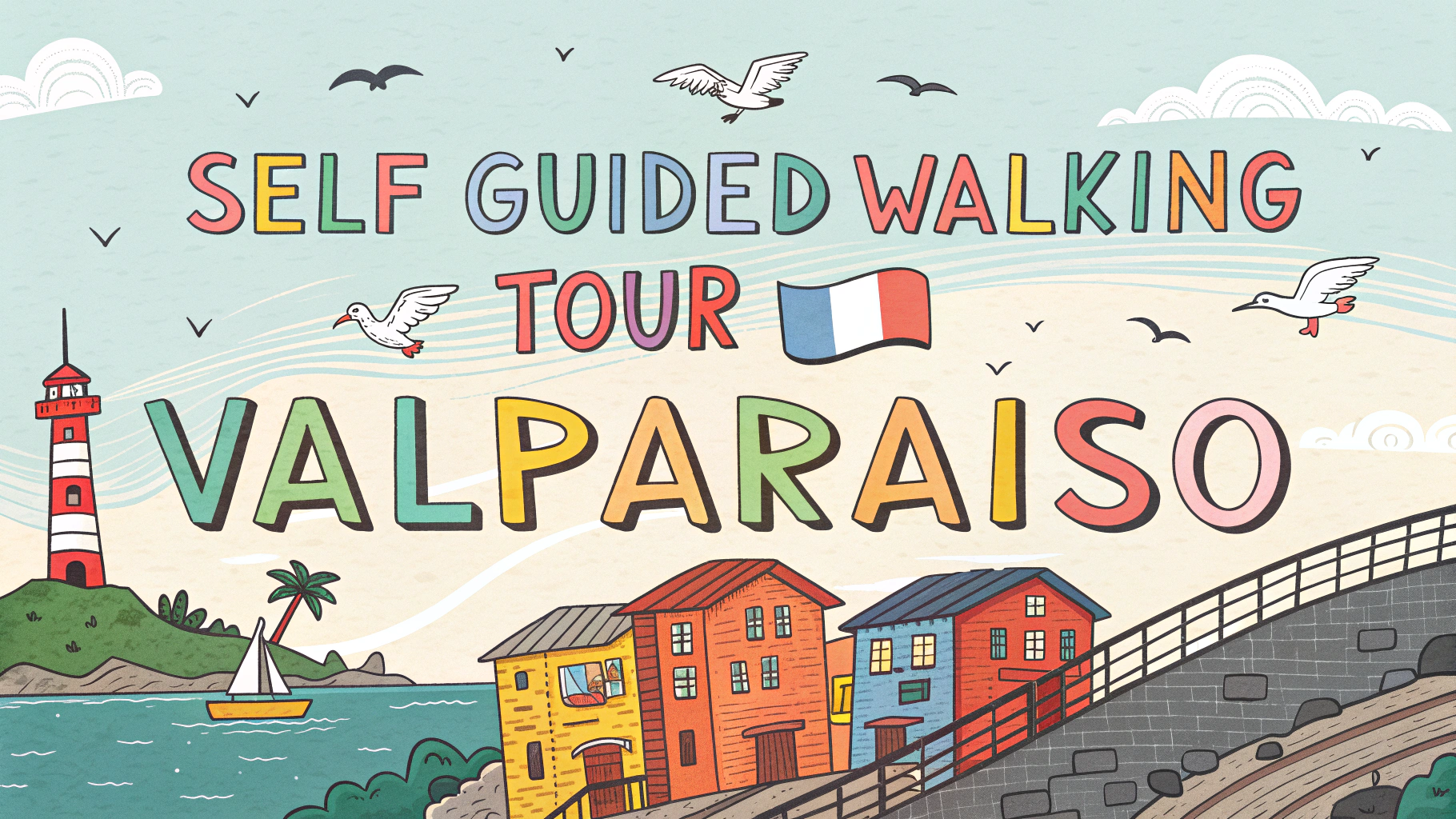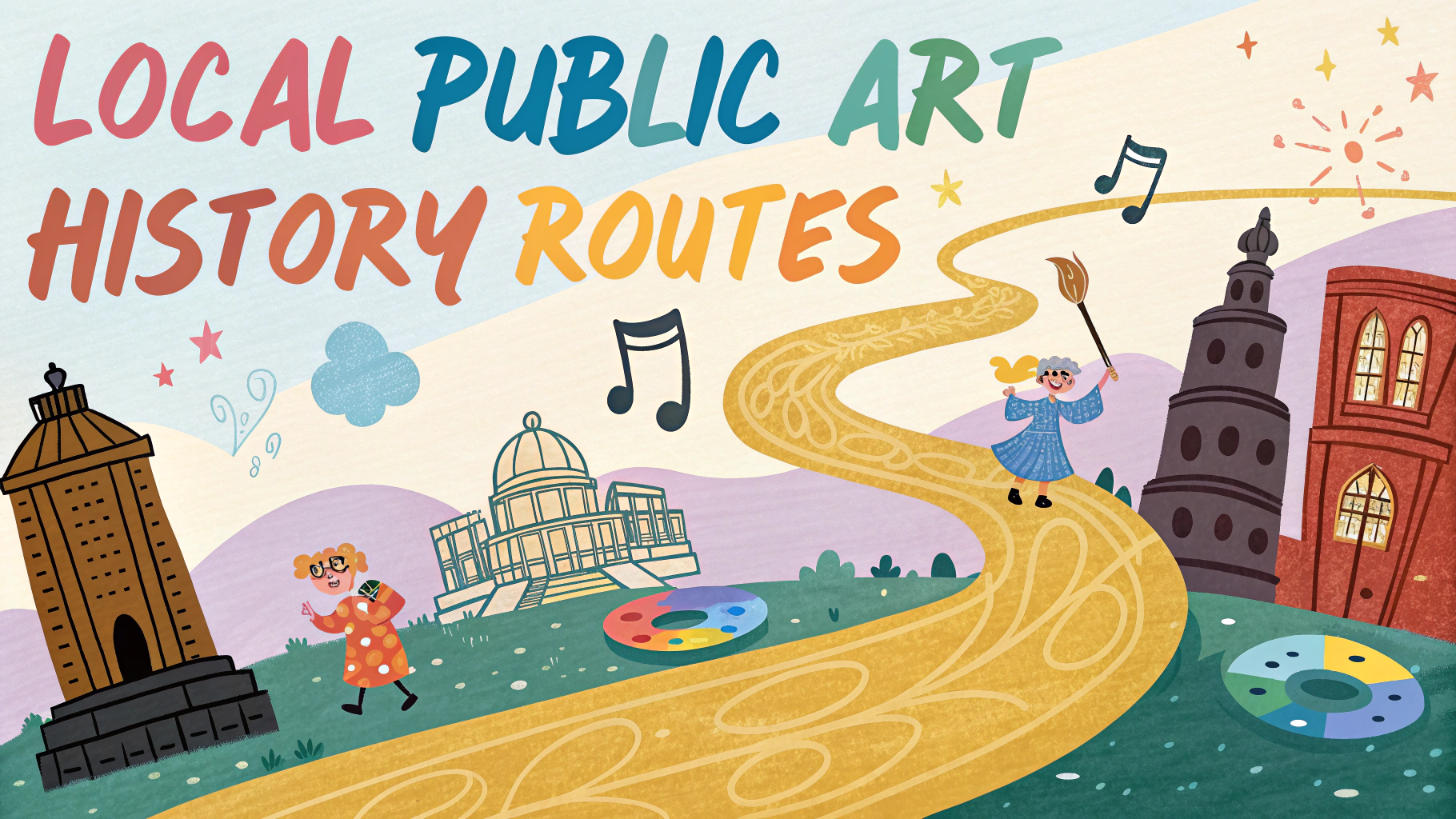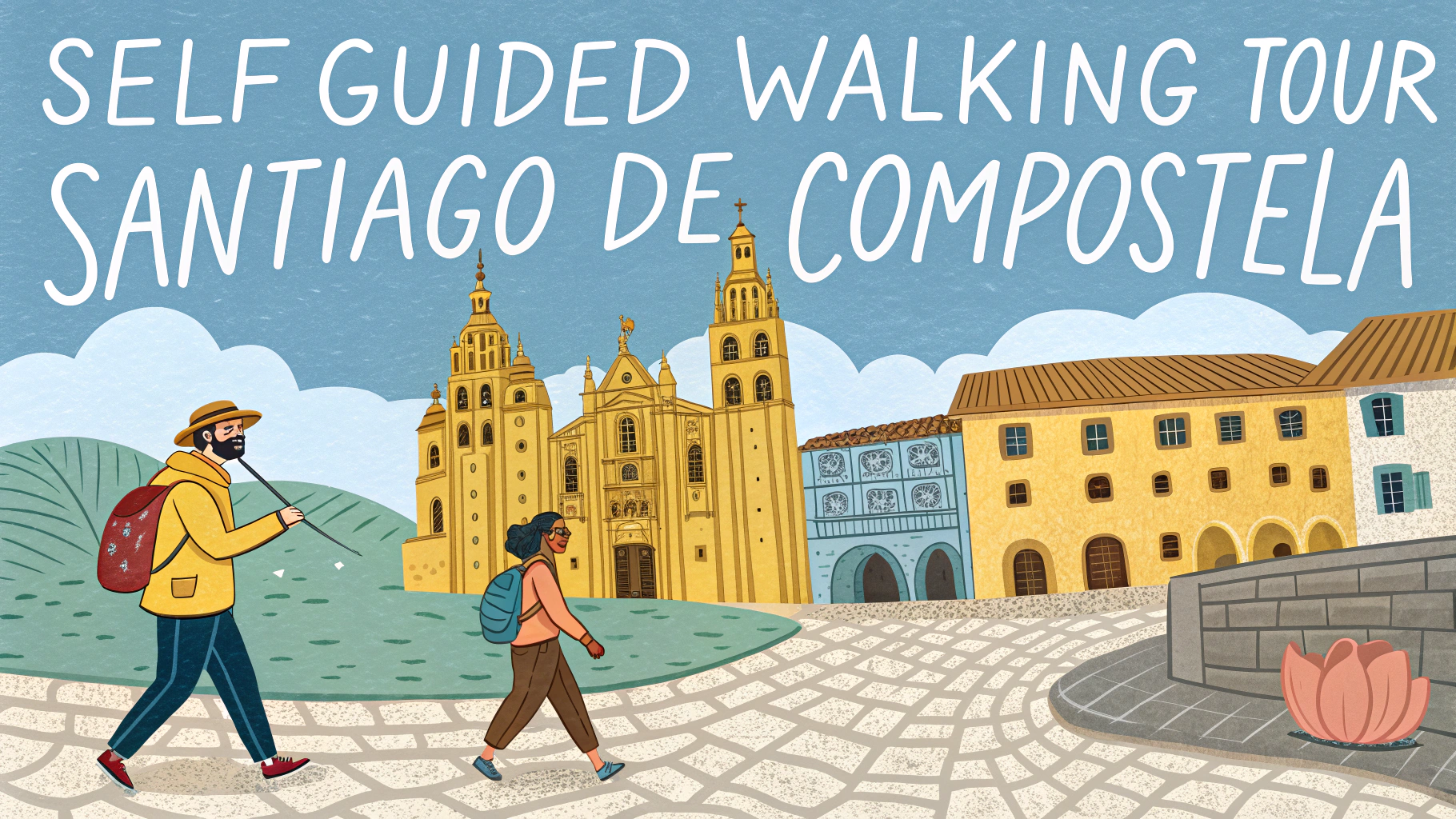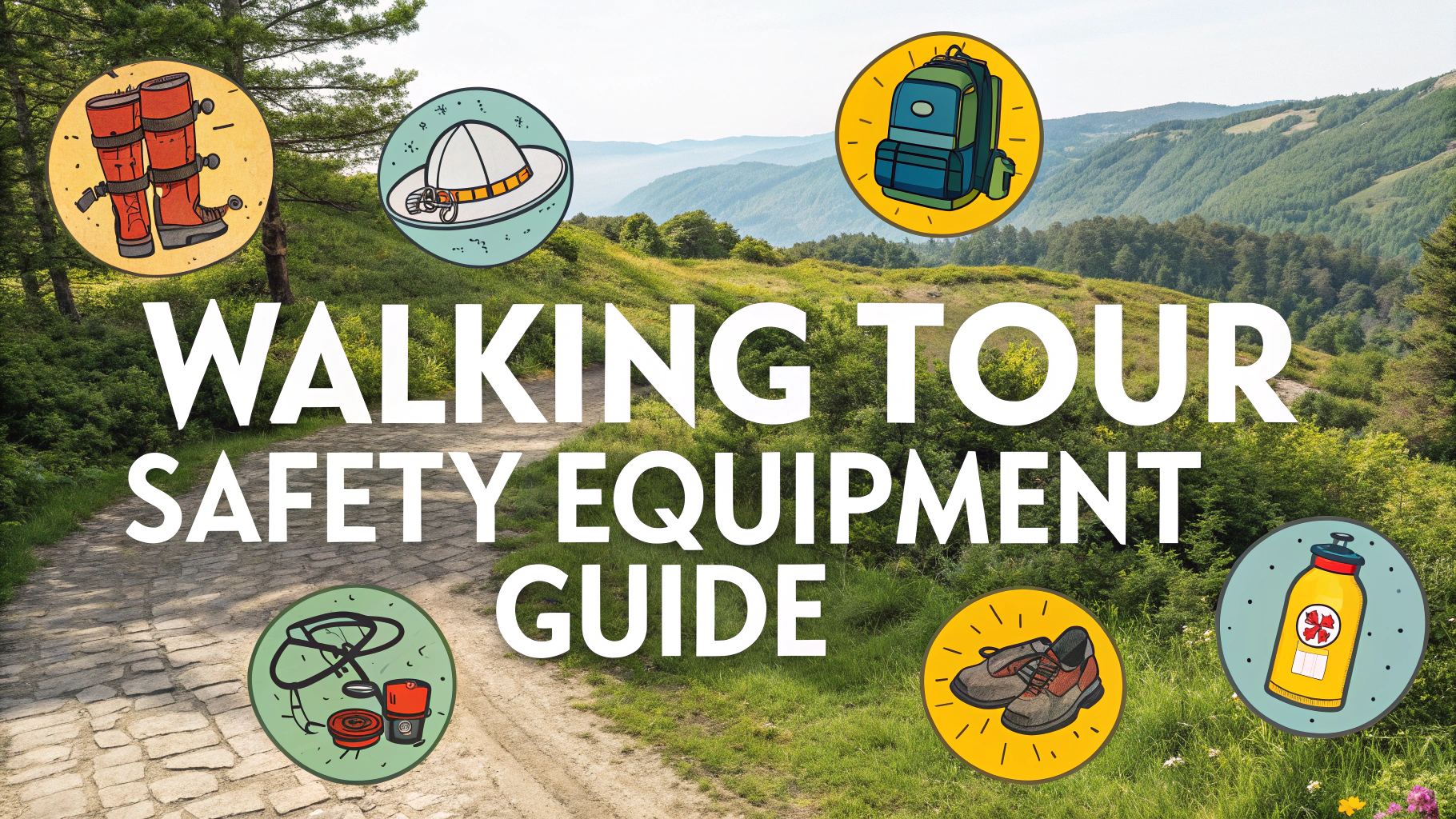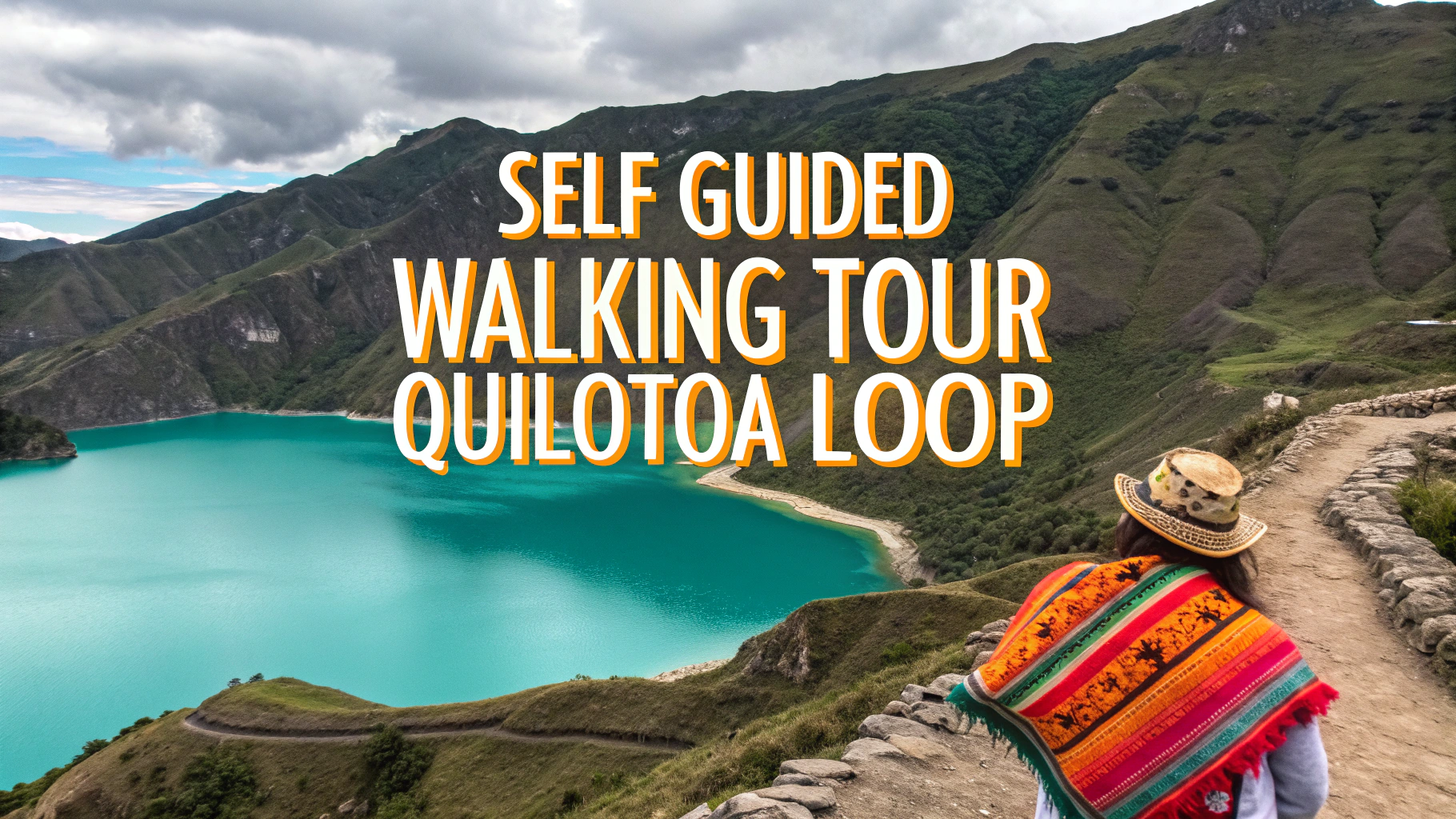Self-guided walking tours exploring local public art help connect people with their community’s creative heritage while providing an engaging outdoor activity.
These routes typically take 1-2 hours to complete at a leisurely pace.
Planning Your Public Art Walk
- Download or print a map of public art locations from your local arts council website
- Wear comfortable walking shoes and weather-appropriate clothing
- Bring water and snacks
- Take a camera or smartphone for photos
- Consider going during off-peak hours to avoid crowds
Finding Public Art Routes
- Local Resources:
- City arts commission websites
- Tourism offices
- Public libraries
- Historical societies
- Digital Resources:
- Public art apps like PocketSights or Clio
- Google Arts & Culture
- Municipal websites
Making the Most of Your Art Walk
- Read about the artworks and artists beforehand
- Look up the historical context of each piece
- Take photos from different angles
- Note the materials used
- Consider how each piece relates to its location
Safety Tips
- Walk during daylight hours
- Share your route with someone
- Stay aware of your surroundings
- Keep valuables secure
- Check weather forecasts
Documentation Ideas
- Create a photo journal
- Share experiences on social media using local art hashtags
- Write reviews on community platforms
- Submit photos to local art organizations
| Best Times to Walk | Why |
|---|---|
| Early Morning | Less crowded, good lighting |
| Weekday Afternoons | Most businesses open, moderate foot traffic |
| Golden Hour | Perfect lighting for photos |
Interactive elements like QR codes often provide additional information about specific artworks.
Many cities update their public art collections regularly, so check local cultural websites for new installations.
Accessibility Considerations
- Check route accessibility for wheelchairs and strollers
- Look for routes with regular rest stops
- Note locations of public restrooms
- Consider public transportation access points
Remember to respect artwork by not touching unless specifically indicated as interactive.
Engaging with Artists and Community
- Follow local artists on social media
- Attend public art unveilings
- Join community art walks
- Participate in art-focused town halls
- Support local art initiatives
Educational Opportunities
- Group tours with art historians
- School field trip programs
- Artist talks and workshops
- Cultural heritage programs
Seasonal Considerations
Summer
- Start early to avoid heat
- Bring sun protection
- Plan indoor stops for cooling
Winter
- Check ice conditions on walkways
- Layer clothing appropriately
- Plan shorter routes
Creating Your Own Art Walk
- Research lesser-known installations
- Combine with historical landmarks
- Include variety in artistic styles
- Consider thematic routes
- Map amenities along the way
Conclusion
Public art walks offer a unique blend of cultural enrichment, physical activity, and community connection. By following these guidelines and actively engaging with the artwork, visitors can create meaningful experiences while supporting local arts and culture.
Regular participation in art walks can deepen appreciation for community heritage and inspire ongoing involvement in public art initiatives. Remember to share experiences and encourage others to explore the artistic treasures in their own neighborhoods.
FAQs
- How long does a typical public art walking tour route take to complete?
Most self-guided public art walking routes take between 1-2 hours to complete at a leisurely pace, though times can vary depending on how long you spend at each installation. - Do I need to download any special apps to follow local public art routes?
While some cities offer dedicated apps, most self-guided tours can be followed using free online maps, printed guides from local arts councils, or tourism office websites. - What is the best time of day to take a public art walking tour?
Daylight hours are optimal for viewing outdoor art installations. Early morning or late afternoon often provide the best lighting conditions for photography and avoiding crowds. - Are public art walking tours wheelchair accessible?
Most urban public art routes are wheelchair accessible as they typically follow public sidewalks and plazas, though it’s advisable to check specific route accessibility information beforehand. - How can I learn about the history and meaning behind each art piece?
Most public art pieces have nearby plaques or QR codes that provide information about the artist and artwork. Additionally, many cities offer downloadable tour guides with detailed historical context. - Are guided versions of these walking tours available?
Yes, many cities offer guided versions through local arts organizations, museums, or tourism offices, typically scheduled on specific dates or by appointment. - How often do public art routes change or get updated?
Public art collections are typically permanent, though routes may be updated annually to include new installations or temporary exhibits. Seasonal art installations may also be added periodically. - What should I bring on a self-guided public art walking tour?
Comfortable walking shoes, water, a camera, and a fully charged phone or printed map are recommended. Weather-appropriate clothing and sun protection are also advisable. - Can I take photographs of public art installations?
Generally, photography of public art for personal use is permitted, though some pieces may have specific copyright restrictions for commercial photography. - How can I find official public art walking routes in my area?
Local arts councils, tourism offices, municipal websites, and public art organizations typically maintain databases of official walking routes and provide maps or guides.
